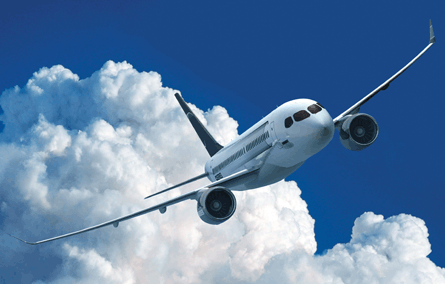Bombardier has mated a portion of the CSeries composite wing to the airliner's composite wing box, and conducted a series of successful tests to mitigate any perceived risk associated with such a join, the Canadian airframer has revealed to ATI and Flightglobal.
"There have been problems in the industry, with a lot of people [wondering] about these joins. We wanted to say: 'This is not an issue. Bombardier has mastered this'," says Bombardier vice-president commercial aircraft programmes Ben Boehm.
Boeing made headlines last year when it halted preparations for its 787 twinjet's maiden flight after discovering that the upper stringers of the wing-to-body join were not strong enough to meet FAA certification requirements for static strength. The US airframer implemented a side-of-body modification and reinforcement to address the issue.
Bombardier's join tests, which were conducted in Montreal, were different than the ultimate load tests conducted in Belfast on the original CSeries composite demonstrator wing, notes Boehm. "This is more about getting into the nuts and bolts and making sure our manufacturing team understands composite-to-composite interface inside the metal fuselage. We want to be able to demonstrate to any potential customer that we have really looked at all elements of risk and Bombardier has no concerns about [the CSeries] aluminium-lithium fuselage attached to a carbon fibre wing box with a carbon fibre wing."
| |
|---|---|
©Bombardier |
He adds: "We have been very focused on risk mitigation on this programme and we want to make sure all of the customers are very confident they are not buying an experiment. They are getting the real thing."
The Bombardier executive says testing did not include the full wing span, but a portion of a wing. "The focus was not the wing. The focus was the join."
The 110/130-seat CSeries, meanwhile, is expected to enter into service in 2013. Bombardier envisions a two-day production rate for the aircraft, a "conservative" rate that can be increased, says Boehm.
Source: Air Transport Intelligence news
























